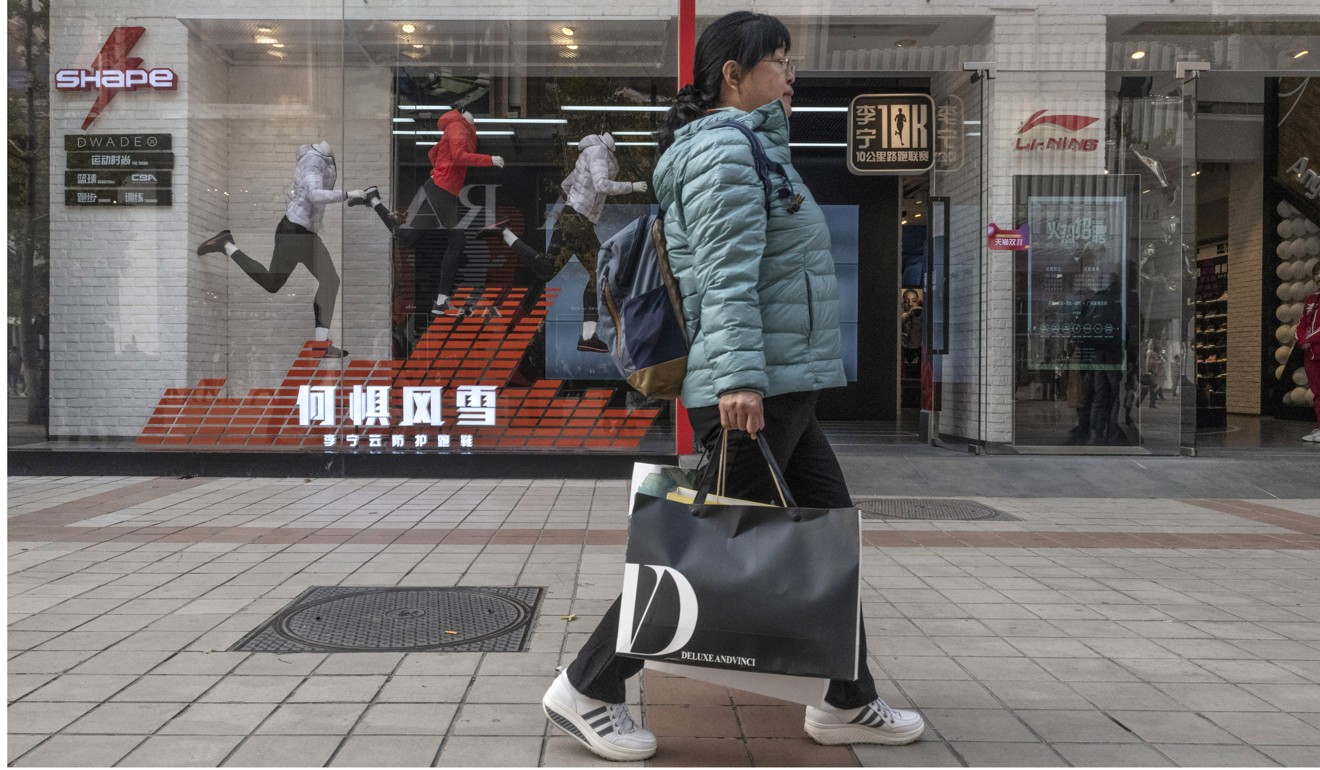
Escalation of trade war could force Beijing to roll out fresh economic stimulus measures, PineBridge says
- Deleveraging efforts could be at risk if Beijing is forced to act to avoid an economic slowdown
A further escalation of the trade war between the United States and China could force Beijing to take more expansive measures to stimulate the Chinese economy, according to officials at the asset manager PineBridge Investments.
The rising trade tensions between the two largest economies have come against the backdrop of the Chinese government engaging in a campaign over the past two years to reduce the country’s debt levels, known as deleveraging, Markus Schomer, chief economist at PineBridge Investments, said.
As the country’s economy has begun to slow, Beijing has begun using a broad array of stimulus measures, such as reducing the amount of cash that banks in China have to hold in reserve, Schomer said on Thursday at a media round table in Hong Kong.
“If the Trump administration goes on and escalates further, we’ll probably get to the point where China’s leaders abandoned deleveraging and have to go all out to avoid a much more serious slowdown in the economy,” Schomer said.
“The problem is this huge build-up of debt over the years requires a certain amount of nominal growth rate,” he said. “You can’t allow nominal growth to slow a little bit and allow the deleveraging to happen at a gradual pace. You cannot do this rapidly in a few years. This is like a 10 to 20-year episode of bringing the debt levels in China to a much more manageable level.”

PineBridge is a New York-based asset manager with US$91.4 billion in assets under management.
The US government has placed tariffs on nearly half of all goods imported from China as US President Donald Trump seeks to force Beijing to end years of what he claims are unfair trade practices, including the forced selling of technology. The Chinese government has responded with its own tariffs, but can only go so far as the US imports far more goods from China.
There has been hope among market watchers that tensions may ease if Trump and Chinese President Xi Jinping are able to reach an agreement on trade when they meet at the G20 in Buenos Aires later this month.
The trade war has coincided with increasing concerns about a slowdown in the pace of growth in the Chinese economy.
China’s gross domestic product growth slowed to 6.5 per cent in the third quarter, below expectations and at its weakest rate since the financial crisis.
The yuan also has been under pressure in recent months, with increasing worries that the currency could breach the psychologically important level of 7 to the US dollar. On Thursday, the yuan strengthened slightly to a level of 6.9356.
Earlier this week, the People’s Bank of China said it would keep the yuan’s exchange rate at a “reasonable and equilibrium level, if necessary”.
That has some analysts expecting the central bank will support the yuan ahead of the meeting between the two leaders at the G20 summit.
Trump has previously complained about the weakening yuan, but held off labelling China as a currency manipulator.
Sunny Ng, a portfolio manager for global multi-asset at PineBridge, said that it is “much less of a big deal” if the yuan falls below 7 as the public has become more conditioned to that idea and would make it easier to Beijing to allow the currency to remain weak.
“As long as they can get away with it, why would they not allow that currency to weaken? As long as the outflows do not get out of control, it is fundamentally justified,” Ng said. “It helps them on the growth side. It’s almost a free stimulus for them as long as the outflows are in control and they’re not labelled a currency manipulator.”
Whether the current business cycle can be extended may depend on how long the US Federal Reserve continues to raise rates and how soon stimulus undertaken by Beijing filters down to the Chinese economy, Schomer said.
Schomer said the Fed needs to stop its rate hiking cycle in the summer of next year or face potentially stifling growth in the US economy.
“In a world that has much more debt out there, you typically don’t need as many rate increases to create this growth-restraining effect that tighter monetary policy usual comes with,” Schomer said.
PineBridge sees global GDP increasing at a 3.6 per cent rate next year, down from an projected 3.8 per cent rate this year.
In Asia, GDP growth is expected to slow to 5.5 per cent in 2019, down from an estimated 5.7 per cent this year, according to PineBridge.
“We could have a confluence in the summer of 2019 of a pause in the US rate hike cycle and evidence of Chinese growth indicators, like the PMI, picking up again and showing that the economy is reacting to the stimulus,” Schomer said. “If we see these two conditions fulfilled – the Fed pausing and China showing signs of rebounding, then this business cycle can be extended for a number of years. Financial markets will react to that renewed inflection in the market trajectory.”

